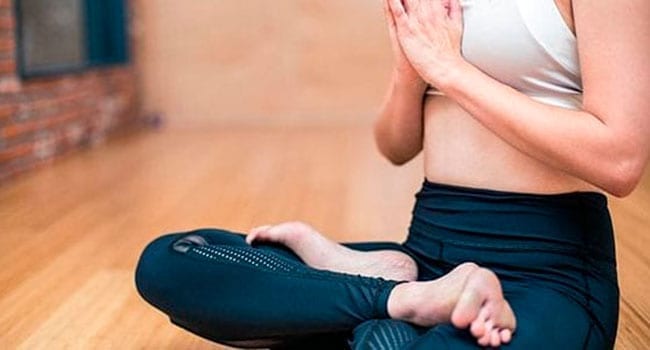 In our fast-paced world where everyone is looking for a quick fix or a speedy solution to every problem, stress and anxiety abound. Often there is no quick fix. What may be needed is a change in lifestyle, specific problem solving or at the very least an effort to stop and smell the roses or to learn how to relax.
In our fast-paced world where everyone is looking for a quick fix or a speedy solution to every problem, stress and anxiety abound. Often there is no quick fix. What may be needed is a change in lifestyle, specific problem solving or at the very least an effort to stop and smell the roses or to learn how to relax.
Relaxation can be learned. Not only can relaxation reduce stress and anxiety, but research shows it can also help with other medical problems such as hypertension, insomnia and headaches.
Many forms of relaxation therapy exist, including meditation, deep breathing techniques, progressive muscular relaxation, hypnosis, yoga and many more.
Although each of these involves different relaxation techniques, research shows that they all produce a relatively similar physiological result that includes lower arousal. It may not matter so much which technique is used, so choose one that suits your personality or beliefs and use it diligently. The important thing is to practice until the skill is acquired.
Progressive muscle relaxation, one of the most widely advocated techniques, aims to teach sensory discrimination. The idea is to become more aware of the difference between muscle relaxation and tension. Participants are asked to flex specific muscles and maintain that for a short period before relaxing that muscle and focusing on the difference between the two sensations.
The technique moves from one muscle group to another until the entire body has been involved. This method is often used for disorders that may be associated with increased muscle tension or arousal such as anxiety, headaches, pain disorders, high blood pressure, and insomnia.
It is also usually helpful to use a technique to get the mind off worrisome thoughts. This can be done using active imagery techniques such as visualizing a relaxing scene as realistically as possible and trying to imagine it in every sensory modality. The goal is to achieve both physical and mental serenity.
For example, imagine lying on a beach with the sun on your face, the sand under your hands, the sounds of the waves lapping on the shore and the smells of the sea all around.
This mental serenity can also be reached by simply repeating a simple word and keeping your mind focused on that one word alone. Often a word with a relaxing connotation is chosen such as “calm”, but any word can do.
Years ago, studies showed that one of the simplest techniques was to have a person sit in a relaxing chair in a quiet room without distractions and repeat the word “one”. This stripped-down technique was capable of producing the same physiological effects as more complicated procedures such as progressive muscular relaxation and transcendental meditation.
All of these techniques work to reverse the stress response in our bodies. They can help to decrease heart rate, respiration and blood pressure.
These relaxation techniques are entirely safe and will do no harm. They will not necessarily be sufficient to cure all stress and anxiety and do not replace the need in many cases to solve specific problems or make changes in lifestyle.
If life problems such as divorce or financial difficulty are the cause of stress, these relaxation techniques will help but will not replace the need to solve the underlying problem. Likewise, they cannot substitute for adequate sleep and nutrition.
In severe cases of anxiety, depression, hypertension or insomnia they will not substitute for appropriate treatment. They can, however, be useful adjuncts and are not incompatible with any other form of treatment.
Dr. Latimer is president of Okanagan Clinical Trials and a Kelowna psychiatrist.
The views, opinions and positions expressed by columnists and contributors are the author’s alone. They do not inherently or expressly reflect the views, opinions and/or positions of our publication.


